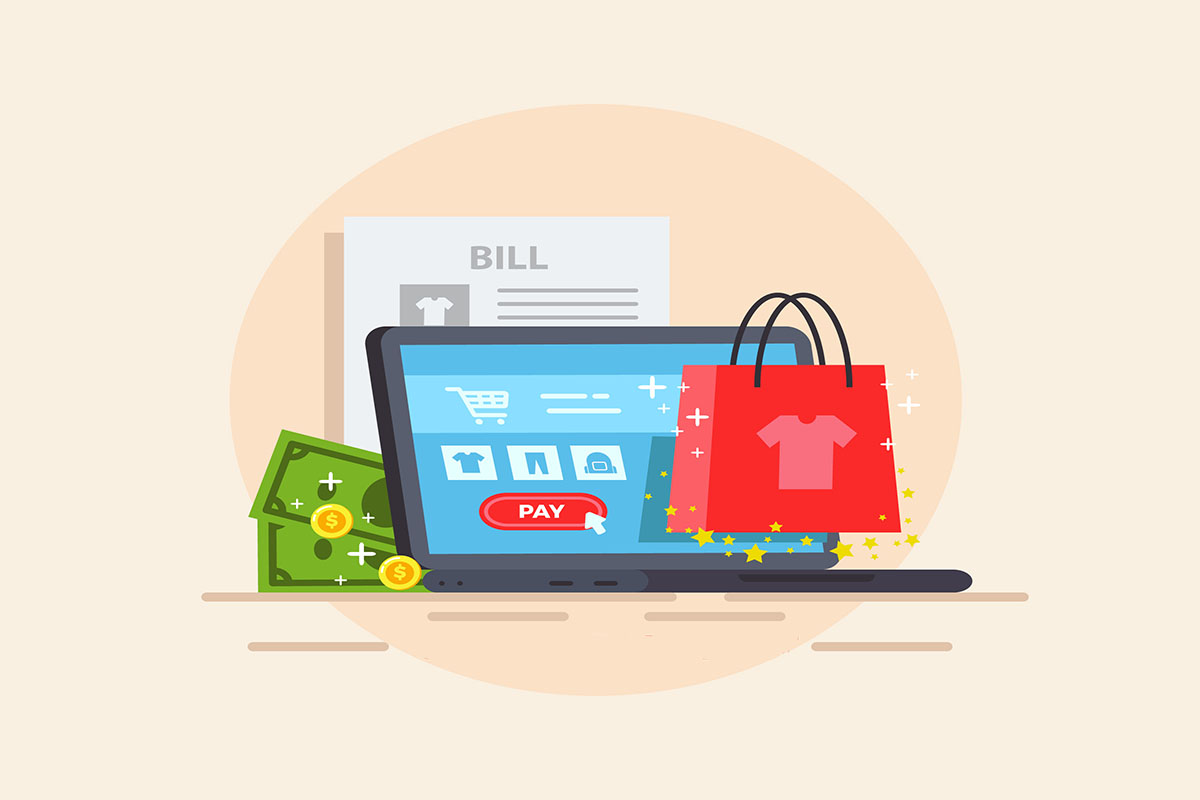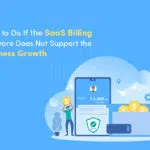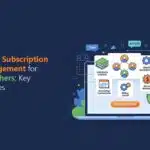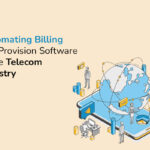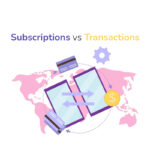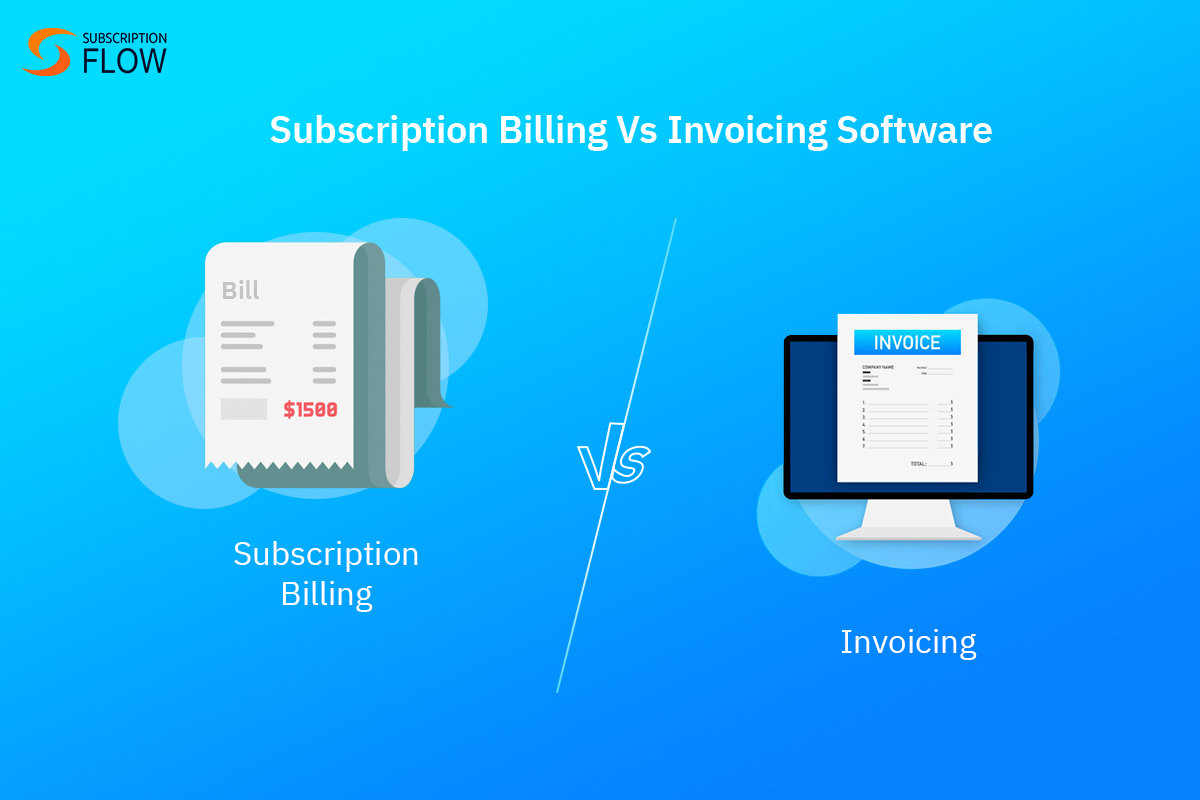
The Difference Between Subscription Billing and Invoicing Software
Businesses face a question of choosing between subscription billing and an invoicing software.
Given the pressure to have the right software, it’s important to know what your business needs before choosing between them.
Or going for something that offers both of these together (yes, there are options that do that).
Although interchangeable, the terms billing and invoicing are different from each other.
In some situations, it’s entirely a matter of which side of the transaction you are (either the sender or the recipient).
Obviously, we’ll need to understand what these software’s do, we need to understand the processes of billing and invoicing.
To set the record straight between the two terms, let’s take a look at what they mean for businesses.
What is Invoicing and Billing?
Invoicing
Invoicing is the practice of sending a business document that entails all the products or services offered to a recipient.
This document also provides the amount that is due on the recipient and the date on which it is due.
Moreover, this document can also include the last payment received by the business from the recipient.
Read More: Automate your Billing with Recurring Invoices
Billing
The term ‘bill’ is easily described as a business document that typically only highlights the amount due on the recipient.
This document includes the products or services provided along with their charges to give you the total payment required.
There is no due date on the bill as it is implied that you’re supposed to pay the amount on receiving the bill.
One can think of their interaction with a business establishment like a restaurant to understand billing. Unlike an invoice that entails a due date, you can’t pay a bill later.
Aren’t Billing and Invoicing Interchangeable Terms?
Even though they are, the real difference between billing and invoicing can be seen with regards to the transaction itself.
As discussed above, it can be a matter of which side of the transaction you are on. For example, a company may send an invoice upon delivery of products or services. While it is an invoice from the side of the company initiating it, it’s a bill for the recipient.
What is Subscription Billing?
When it comes to subscription billing, the terms can get complicated if we don’t consider the transaction process.
Keeping in mind that an invoice is something a business initiates for the recipient of the products/services; let’s take a look at the subscription billing model and analyze how subscription billing is different from invoicing.
Although they seem similar, companies offering subscriptions need to initiate invoices which become due bills for subscribers.
Therefore, if you’re using a subscription billing software, you’re generating invoices for recurring billing customers.
Whereas, if you’re using an invoicing software, chances are that you’re only generating invoices. As many strictly invoicing softwares don’t support recurring automation and extensive requirements like proration.
Features of Invoicing Software vs Subscription Billing Software
In a nutshell, a business that works on a subscription billing model will need a subscription billing software. Whereas, businesses that only process one-time payments can go for invoicing softwares.
However, there are businesses that require the services and features of both these tools.
Although it’s to be noted that an invoicing software may not necessarily provide the features a subscription billing software can. (and vice versa)
So, it all boils down to the features that are offered by an invoicing software and a subscription billing software.
What Features Does an Invoicing Software Provide?
An invoicing software can help you generate custom invoices.
That means you can customize and decorate your invoices to ensure your brand image and identity remains intact.
Of course, a successful business can’t afford to compromise their reputation by sending out dull invoices.
Other than this, you also get the feature of scheduling your invoices for regular intervals.
This can be set for repeating customers but it should be noted that it’s not entirely automatable for subscription billing. (more on this below)
Invoicing software can allow you to create and share invoices over the cloud.
And by using payment gateway integrations and tools like DocuSign, allow you to also accept and process payments online.
Some invoicing softwares in the market also come with features that support receipts and reminders.
That means you can create records of payments received and send reminders to customers for due payments.
What Features Does a Subscription Billing Software Provide?
A subscription billing software on the other hand, streamlines recurring billing processes.
This also entails creating invoices on a recurring basis that are scheduled for regular periods.
Compared with an invoicing software, subscription billing programs offer seamless proration, account reconciliation, advanced dunning and customer management features as well.
Read More: Best Subscription Management and Billing Software 2022
Basically, subscription billing entails the automation of all operations that make recurring billing processes hectic.
And while this includes invoicing, many options in the market may not offer features like customization and payment reminders.
Subscription billing software’s also need to provide you with customer management and customer retention metrics such as ARR, MRR, churn rate, CLV, CAC, etc.
Unless you’re going for a high-tier state of the art subscription billing software, you’ll be missing out on these features.
Why Restrict Yourself to Just One?
As mentioned earlier, there are recurring billing and invoicing software that combine all the features of the two domains and present them in a neat dashboard for businesses to work with.
With an option like SubscriptionFlow, you can get all the required features you need for automated invoicing for any subscription-based business.
If you’re a business looking for advice or are set on trying out a subscription billing and invoicing software, contact us now!






